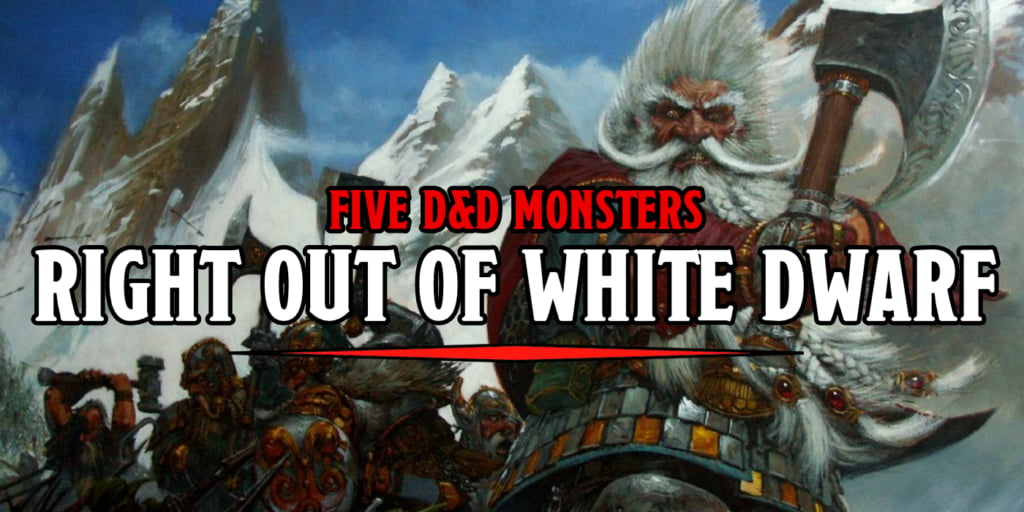D&D: Five Ways To Use Random Encounters For Fun And Profit
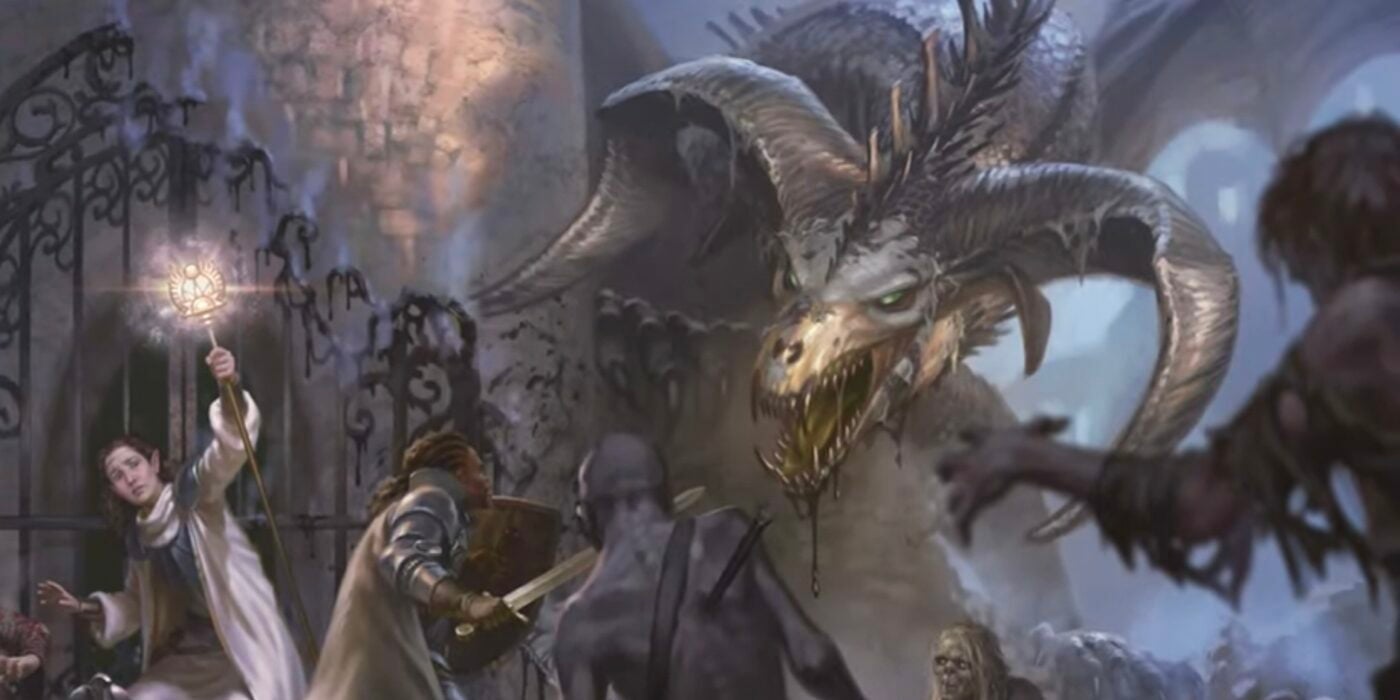
Random encounters can be good, actually. And here’s how you can use random encounters to keep your game spicy.
One of the biggest reasons we play RPGs is to find those moments that surprise us. We like rolling dice because those are moments where fate is decided. Where the difference between total victory and utter despair comes down to a die roll.
Hate that in real life. Could honestly do with much less of that. Way more “swift, steady progress towards a more inclusive, tolerant, diverse society” please and thank you. But in a game? It’s great stuff.
And one of the ways you can cultivate the feeling of “anything can happen” is with random encounters. They can add an element of danger, pressure, and urgency to an otherwise stuck situation. Here’s how to use ’em in your games of D&D.
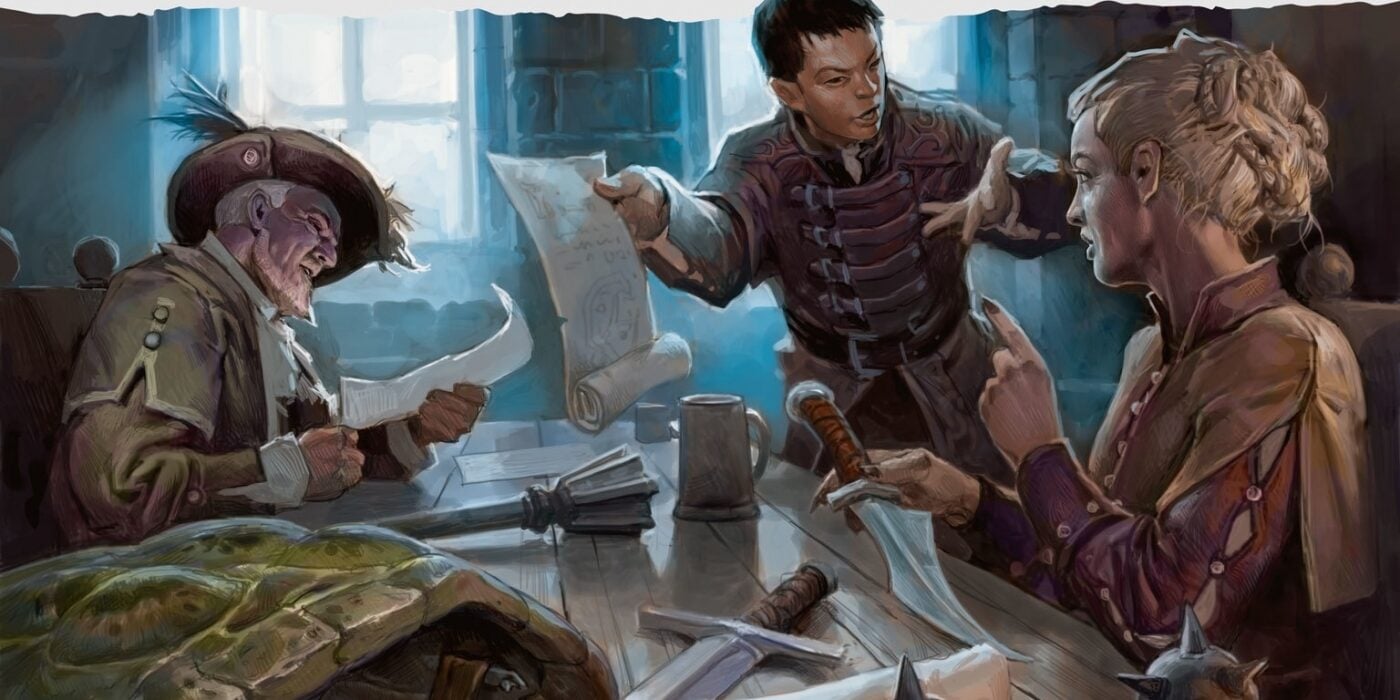
First the basics. Random encounters are encounters that you roll at random. Even you the DM don’t now what’s going to show up. Which is part of what makes them fun.
Typically you’ll either pick a table or generate your own table to roll on. And then, at certain intervals, you’ll roll a die to see if something happens. Some DMs like to use a d12, others a d20, meaner ones will use a d4. Either way you pick a number (or a range of numbers, like 10-12 on a d12, for instance) and roll to see if an encounter happens. Then you roll to see what you get, and watch the fun unfurl.
Amp Up The Stakes
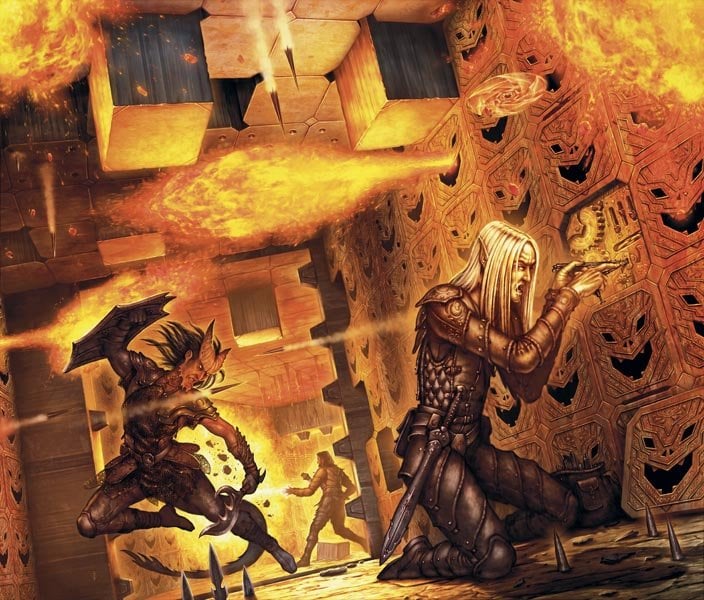
One of the best things about random encounters is that they add to the ratcheting intensity of a good dungeon crawl. You’re wandering along, exploring crypts. Suddenly, boom, unexpected skeletons. Or maybe it’s ghosts. And that’s on top of all the stuff that’s waiting in the dungeon already planned for.
A good random encounter can add in extra foes when the players think they might be getting close to clearing out a level. They can help you reinforce monsters that might otherwise be too easy. And by and large, they imply stakes. Exploring dungeons is dangerous. And not just because of whatever lives there – but unexpected things occur in these wild places of the world.
Like some kind of zone of danger.
Time Pressure
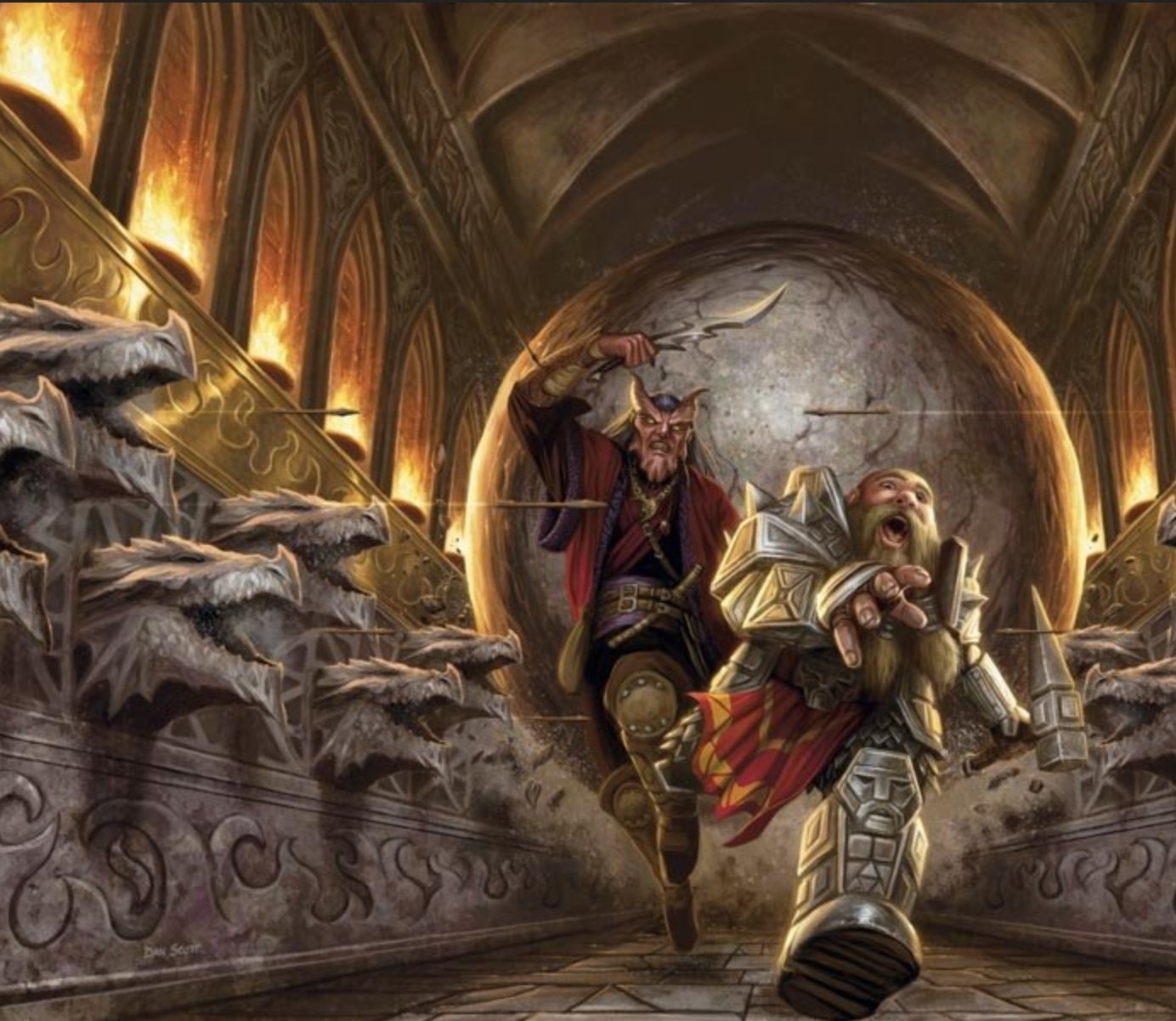
A good random encounter helps remind players that time is ticking down. You’re exploring an ancient crypt, and you come to a four-way intersection. You could slowly, methodically explore each room to see what you can find.
But with random encounters, the DM can up the stakes. Suddenly you’re tracking time as you move through the dungeon. It’s not just “oh you spend a while crawling through every inch of the dungeon in safety” and the DM may as well read you what you find in each room. Now, every time you explore a few rooms you run the risk of encountering something you’d rather not.
Now that four way intersection is a choice with consequences. Surprising, potentially dangerous consequences – the best kind. Again, in a game, not real life.
Set The Mood, Tell A Story
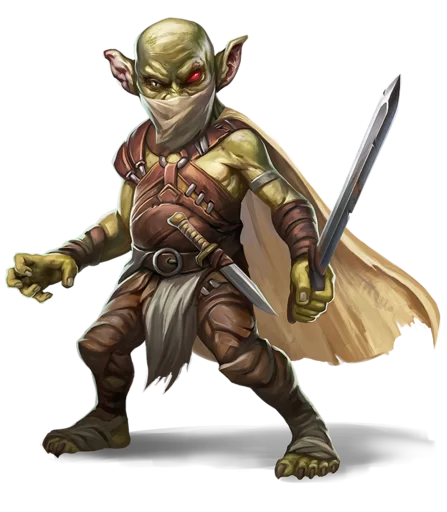
One of the best things a random encounter table can do is add a sense of dynamism to the game. Since these are encounters that happen in a local area, you can use them to tell the story of the zone you’re in.
For instance, if you’re exploring a ruin and the random encounters you come across are all (or mostly) themed around undead, that suggests a certain mood. While if you encounter more like goblins and quicklings and other fae creature, that has a different suggestion entirely.
Random encounters can work with your scenic descriptions to help you tell some stories environmentally.
Keep Everyone Engaged
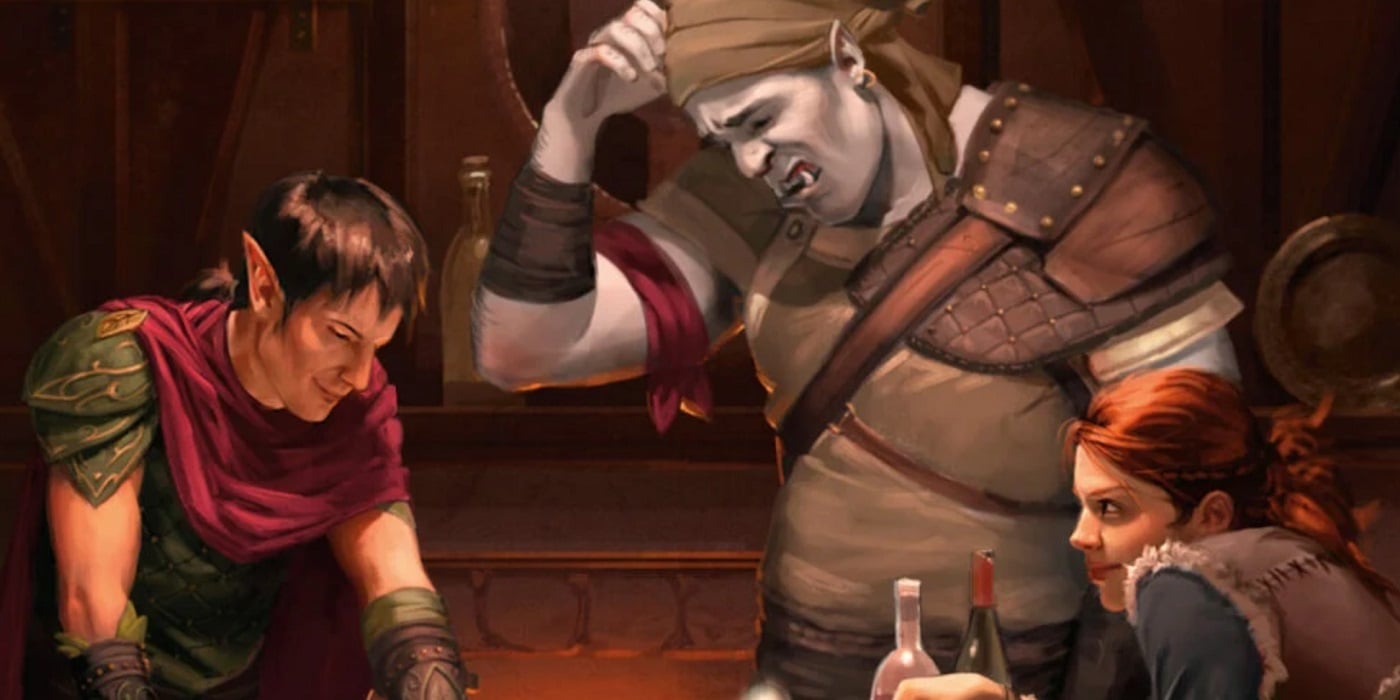
One of the best things about a random encounter is that they grab your attention. Because you don’t know if you’re going to get an encounter every time the DM rolls a die.
Even just reaching for the random encounter die can be a great way to keep everyone focused. If players start to get distracted on phones, you can bring everyone back on track with a roll of the die. Especially if the encounter doesn’t happen immediately following the roll of the die (but rather follows on a few moments later).
Fun For The DM
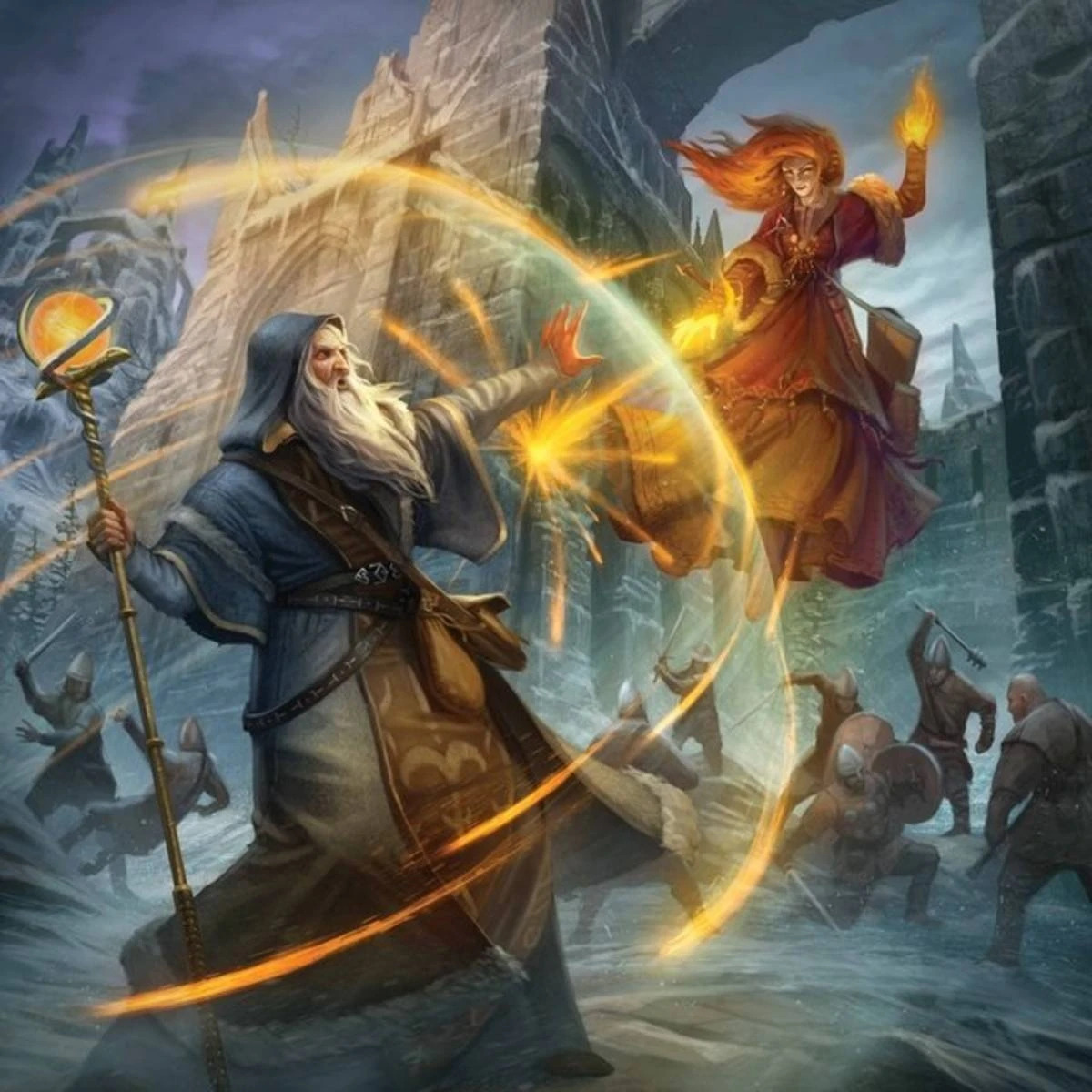
Presumably, if you’re a DM in D&D, you love the way it feels to run a game. Random encounters can help keep that fresh, excited feeling going. Because now, whenever you roll the die, you also get something fun. Players get to have a fight, and you get to run a monster you didn’t decide on right away.
And there’s just something fun about seeing the story “the dice want to tell.” Sometimes the perfect monster shows up at just the right moment. Other times it’s something weird you have to justify. Either way, you get that “oh I wasn’t expecting this” feeling on both sides of the DM screen.
Do you use random encounters in your games?


